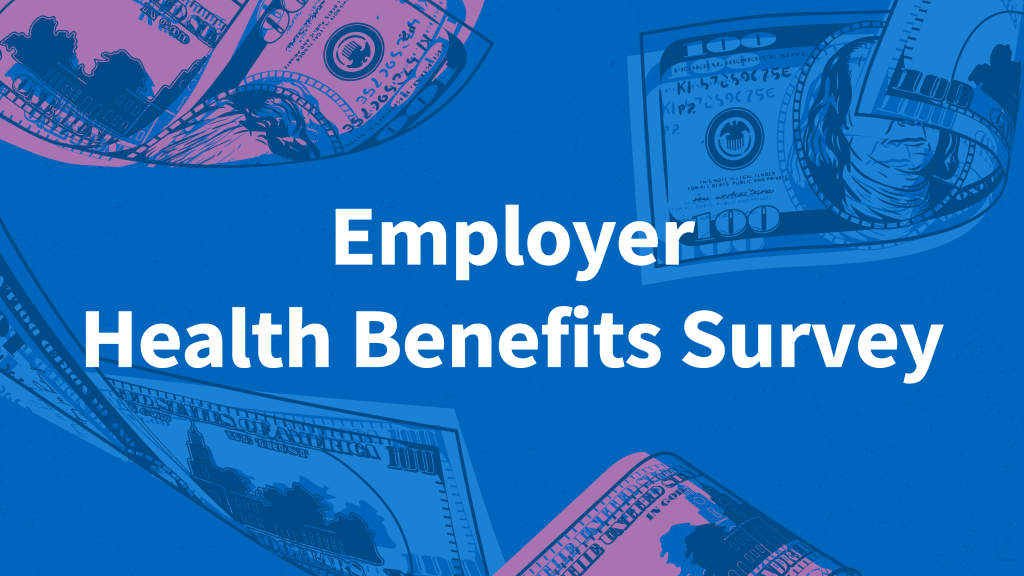Health Insurance Transparency under the Affordable Care Act
In February, a final rule was issued implementing the Affordable Care Act (ACA) requirement that all health plans provide a uniform summary of coverage for all enrollees and applicants. The idea of providing easy-to-understand summaries of coverage is, in fact, the most popular provision in the ACA, according to a recent Kaiser tracking poll.
